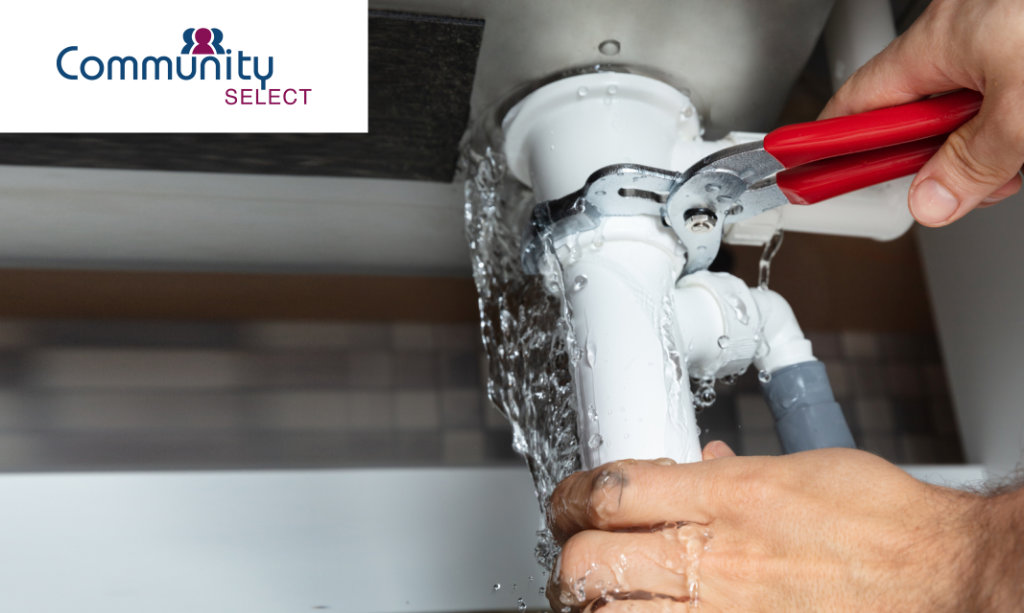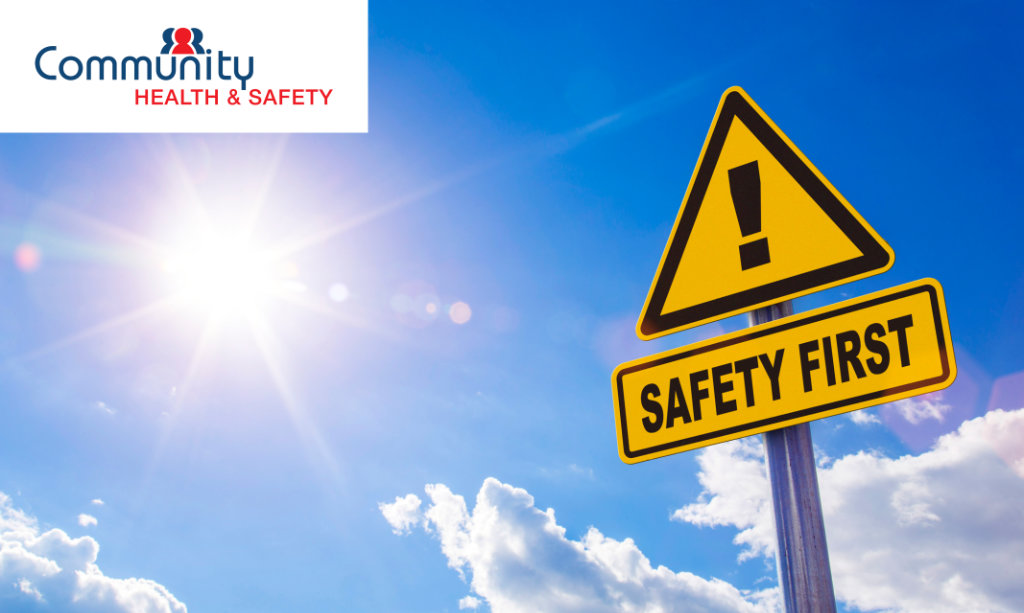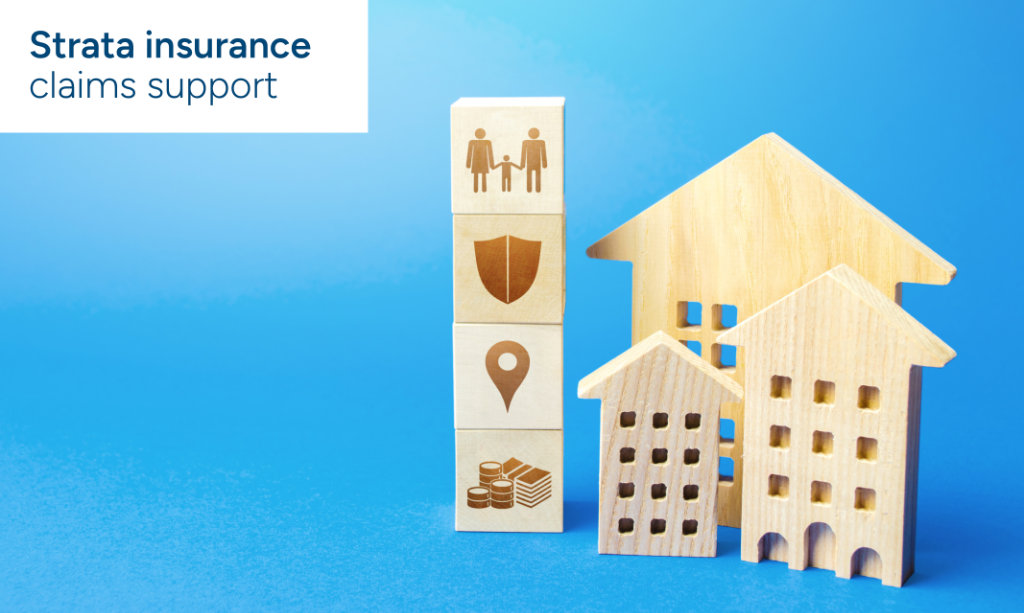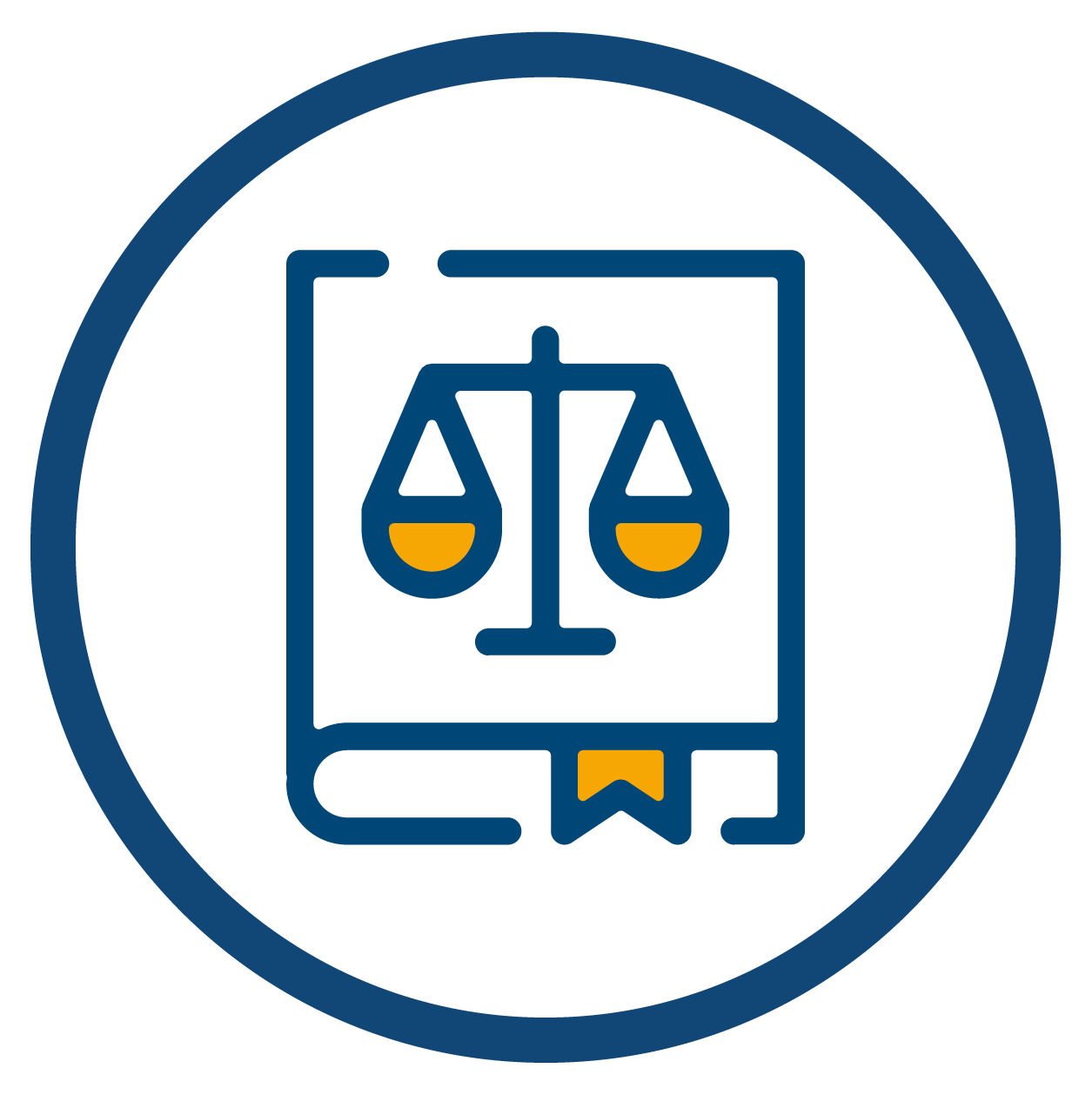Utility expense reduction program
Our in-house team and energy partners work together to access competitive rates, helping you to reduce common property gas and electricity expenses.
Experience simplicity with our secure, quick pay system!

Our strata management and facilities management professionals are here to support owners and committees, offering care and attention with the long-term goal of safeguarding and maintaining the value of your property.
Through our comprehensive range of services, we have the resources to help across residential, commercial, and mixed-use properties.
We pride ourselves in helping to keep maintenance issues in check, finances on track, insurance is up to date, and your property adheres to regulations and by-laws.
At PICA Group, community living has been our passion since 1948. As Australia’s leading property services provider, our offerings cover strata and facilities management, debt recovery, legal and developer services. This wide range of products and services helps optimise the longevity of your property.
Our mission extends beyond property management; we recognise that your building is more than just an asset – it reflects who you are and your way of life. We aim to manage it with the utmost care and attention, helping create positive, vibrant and flourishing communities where you can truly thrive.
Join us at PICA Group and discover a world of professional, tailored property services that aim to optimise the longevity and value of your property. Together, let’s build a brighter future for our communities.


Our in-house team and energy partners work together to access competitive rates, helping you to reduce common property gas and electricity expenses.

Access a range of competitive discounts and exclusive deals for PICA Group customers on various products and services, including by-law and building rule drafting and insurance cover.

Based on customer feedback and hands-on experience, we have over 2,500 contractors on CommunitySelect. All contractor certificates and insurances are checked for competency, insurance and compliance for your peace of mind.

With CommunityHub, you no longer have to wait for office hours or returned phone calls to get information. You can access it right now. It’s at your fingertips, from downloading agendas and meeting minutes to viewing your by-laws and levy balances and making levy payments on the go.

We assist in managing the day-to-day risks related with the health and safety of people visiting your strata property. We can report on injuries, incidents, and hazards on your common property to help you meet your responsibility to keep people safe.

Finding adequate insurance cover for the common property that meets the requirements of your committee while remaining affordable can be a complex and daunting task. We are here to help make this process easier for our customers.

Our in-house team and energy partners work together to access competitive rates, helping you to reduce common property gas and electricity expenses.

Access a range of competitive discounts and exclusive deals for PICA Group customers on various products and services, including by-law and building rule drafting and insurance cover.

Based on customer feedback and hands-on experience, we have over 2,500 contractors on CommunitySelect. All contractor certificates and insurances are checked for competency, insurance and compliance for your peace of mind.

With CommunityHub, you no longer have to wait for office hours or returned phone calls to get information. You can access it right now. It’s at your fingertips, from downloading agendas and meeting minutes to viewing your by-laws and levy balances and making levy payments on the go.

We assist in managing the day-to-day risks related with the health and safety of people visiting your strata property. We can report on injuries, incidents, and hazards on your common property to help you meet your responsibility to keep people safe.

Finding adequate insurance cover for the common property that meets the requirements of your committee while remaining affordable can be a complex and daunting task. We are here to help make this process easier for our customers.

Our specialist team are here to provide proactive facilities maintenance services to help elevate your residential and commercial spaces, reduce costs, mitigate risks, and enhance property value.
Through regular monitoring and auditing of common areas and vital building functions like lifts, lighting, fire and flood control systems, gardens and pools, and compliance requirements, we give you the necessary tools and support to keep your property well-maintained and in optimal condition.

PICA Group’s specialist team can provide technical expertise and advice around successfully setting up, managing and maintaining a strata community.
With more than 185,000 properties under management and 30 branch offices across the country, PICA Group has the skills, expertise and geographical reach to meet your individual purchasers’ needs. We cover an extensive development portfolio that includes residential, commercial, mixed-use, and industrial properties in New South Wales, Victoria and Queensland.

Every strata property needs well-written, up-to-date by-laws or building rules. With changes in legislation and requirements, our experienced legal specialist at Kemps Petersons Legal offers an affordable way for owners corporations, and body corporates to minimise the risks that come with community living.
From by-law drafting, registering, and consolidating to general strata advice and dispute services, our services are designed to help make your co-living experience easier.

Struggling with unpaid levies? We have the experience to help recover your debt quickly.
With a specialised team with more than 20 years of combined experience in the strata industry, we have the skills and resources to recover your money quickly and cost-effectively so that your committee has the necessary funds to manage and maintain the value of your property.

Our specialist team are here to provide proactive facilities maintenance services to help elevate your residential and commercial spaces, reduce costs, mitigate risks, and enhance property value.
Through regular monitoring and auditing of common areas and vital building functions like lifts, lighting, fire and flood control systems, gardens and pools, and compliance requirements, we give you the necessary tools and support to keep your property well-maintained and in optimal condition.

PICA Group’s specialist team can provide technical expertise and advice around successfully setting up, managing and maintaining a strata community.
With more than 185,000 properties under management and 30 branch offices across the country, PICA Group has the skills, expertise and geographical reach to meet your individual purchasers’ needs. We cover an extensive development portfolio that includes residential, commercial, mixed-use, and industrial properties in New South Wales, Victoria and Queensland.

Every strata property needs well-written, up-to-date by-laws or building rules. With changes in legislation and requirements, our experienced legal specialist at Kemps Petersons Legal offers an affordable way for owners corporations, and body corporates to minimise the risks that come with community living.
From by-law drafting, registering, and consolidating to general strata advice and dispute services, our services are designed to help make your co-living experience easier.

Struggling with unpaid levies? We have the experience to help recover your debt quickly.
With a specialised team with more than 20 years of combined experience in the strata industry, we have the skills and resources to recover your money quickly and cost-effectively so that your committee has the necessary funds to manage and maintain the value of your property.

Our specialist team are here to provide proactive facilities maintenance services to help elevate your residential and commercial spaces, reduce costs, mitigate risks, and enhance property value.
Through regular monitoring and auditing of common areas and vital building functions like lifts, lighting, fire and flood control systems, gardens and pools, and compliance requirements, we give you the necessary tools and support to keep your property well-maintained and in optimal condition.

Dive into our vast resources of industry articles on strata and body corporate insights.

Stay up-to-date with the industry news and updates for property owners and committee members.

From the latest state legislation news to easy-to-read factsheets and guides, we’ll keep you informed.

Get your free introduction guide to strata by-laws and building rules.
Get free advice from our team of industry experts through our StrataFAQ.
Check your strata health check score with our free two-minute quiz.

Head office
Level 27, 66-68 Goulburn Street, Sydney, NSW 2000

Monday - Friday, 8:30 am - 5:00 pm